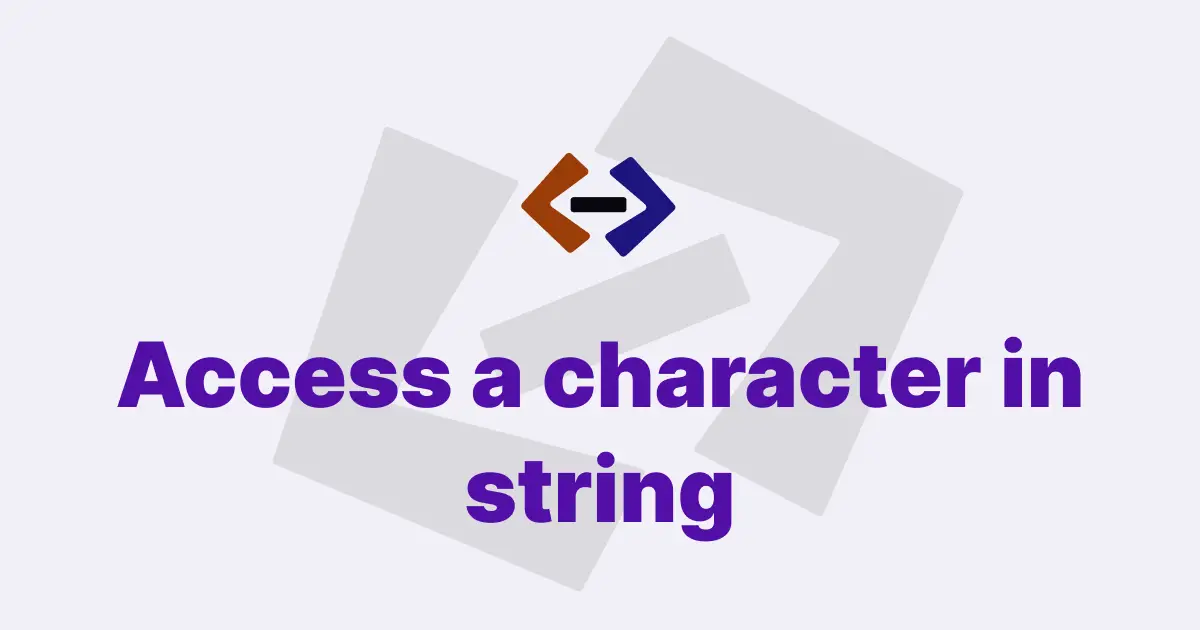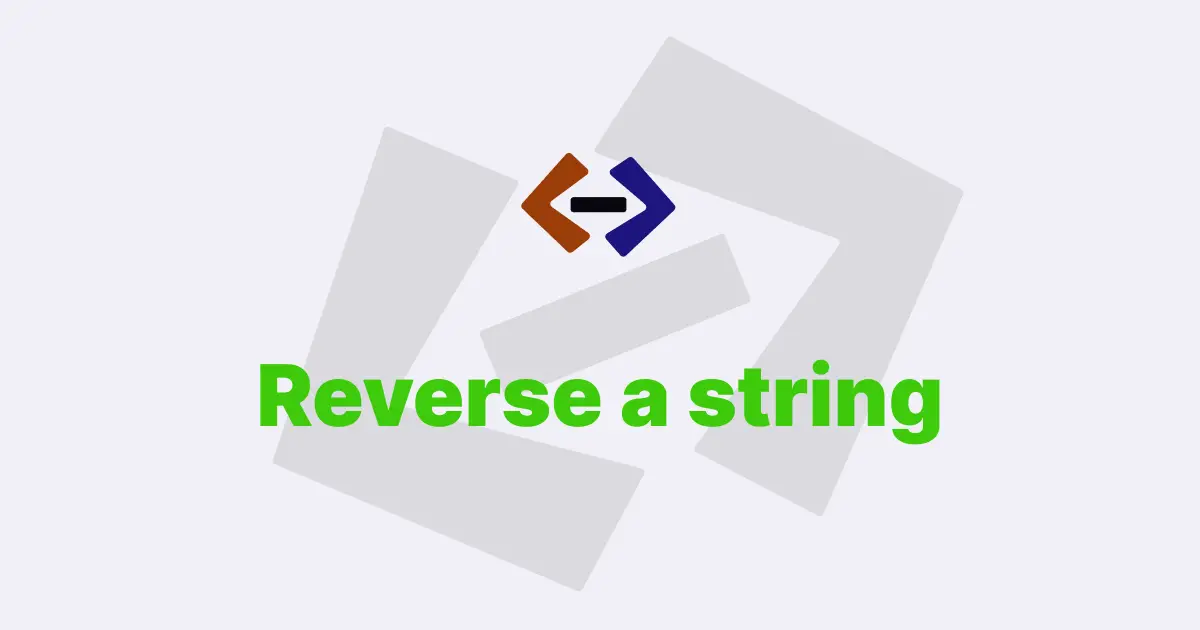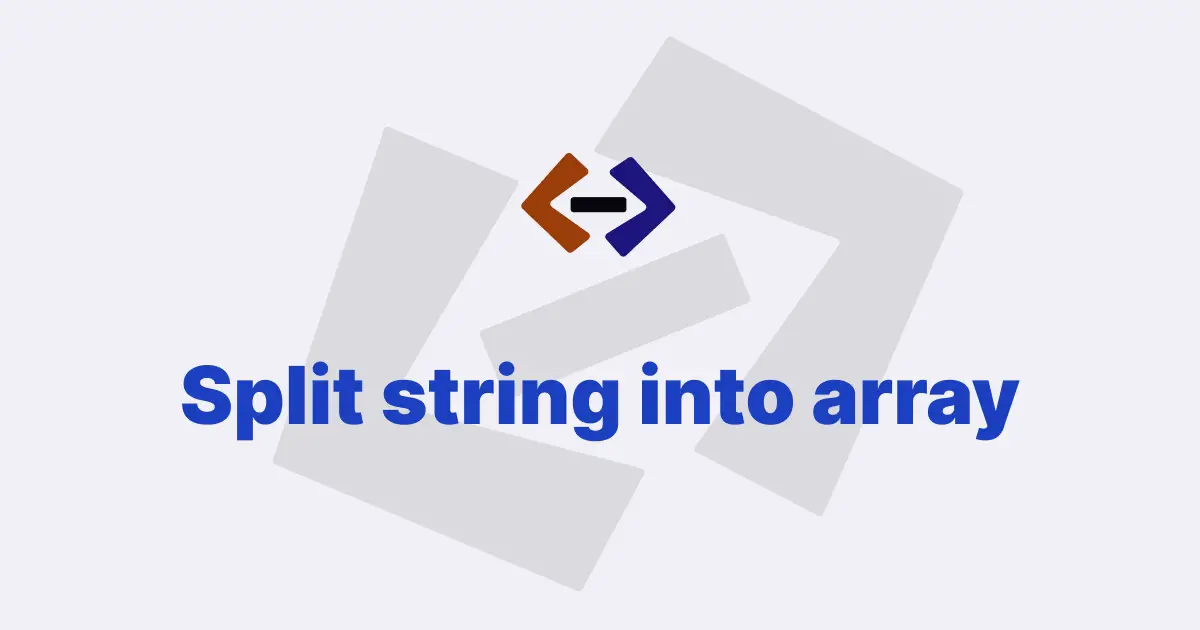In JavaScript, the toString() method is a built-in method that is used to convert an object to a string representation.
It is a fundamental method that is available on all JavaScript objects and is commonly used in JavaScript programming for various purposes.
The toString() method in JavaScript is primarily used to convert an object to a human-readable string representation. It returns a string that represents the object’s value.
The resulting string is typically used for displaying the object’s value to users or for other string manipulation operations.
The toString() method is automatically called by JavaScript when an object is used in a string context, such as when an object is concatenated with a string using the + operator or when an object is passed as an argument to a function that expects a string.
For example:
const num = 42;
console.log(num.toString()); // "42"
const arr = [1, 2, 3];
console.log(arr.toString()); // "1,2,3"In the above example, the toString() method is called on a number (num) and an array (arr), and it returns a string representation of the respective objects.
It’s important to note that the toString() method does not modify the original object.
Instead, it creates a new string representation of the object and returns it. The original object remains unchanged.
The toString() method can also be explicitly called on an object to convert it to a string representation.
For example:
const obj = {
name: "John",
age: 30,
};
console.log(obj.toString()); // "[object Object]"In the above example, the toString() method is called explicitly on an object (obj), and it returns a string representation of the object.
By default, the toString() method returns a string that represents the object’s value.
However, for custom objects, the toString() method can be overridden to return a custom string representation of the object. This can be done by defining a toString() method on the object’s prototype.
For example:
class Person {
constructor(name, age) {
this.name = name;
this.age = age;
}
toString() {
return `Name: ${this.name}, Age: ${this.age}`;
}
}
const person = new Person("John", 30);
console.log(person.toString()); // "Name: John, Age: 30"In the above example, a toString() method is defined on the Person class’s prototype, which returns a custom string representation of the Person object.
Usage of toString() method:
Apart from providing a human-readable string representation of an object’s value, the toString() method has several other use cases in JavaScript programming.
1. String concatenation:
One common use case of the toString() method is for converting values to strings when performing string concatenation. JavaScript performs implicit type coercion when a value of any other data type is concatenated with a string using the + operator. The toString() method is automatically called to convert the non-string value to a string before concatenation.
For example:
const num = 42;
const str = "The answer is: " + num.toString();
console.log(str); // "The answer is: 42"In the above example, the toString() method is called on the num variable to convert the number to a string before concatenating it with the string "The answer is: ".
2. Serialization of Javascript Objects:
Another use case of the toString() method is for serializing JavaScript objects.
Serialization is the process of converting an object’s state to a string representation that can be stored, sent over a network, or saved to a storage medium. The toString() method can be used to implement custom serialization logic for objects.
For example:
class Person {
constructor(name, age) {
this.name = name;
this.age = age;
}
toString() {
return `{"name": "${this.name}", "age": ${this.age}}`;
}
}
const person = new Person("John", 30);
const serializedPerson = person.toString();
console.log(serializedPerson); // "{"name": "John", "age": 30}"In the above example, the toString() method is used to convert a Person object to a JSON string representation, which can be used for serialization.
3. Debugging and Logging purposes:
The toString() method is also useful for debugging and logging purposes. When an object is logged to the console or printed to the screen, JavaScript automatically calls the toString() method on the object to convert it to a string representation.
This can be helpful for developers to inspect and debug the state of objects during development.
For example:
const obj = {
name: "John",
age: 30,
};
console.log(obj); // {name: "John", age: 30}In the above example, the toString() method is implicitly called on the obj object when it is logged to the console.
Thank you for reading, and let’s have conversation with each other
Thank you for reading my article. Let’s have conversation on Twitter and LinkedIn by connecting.




